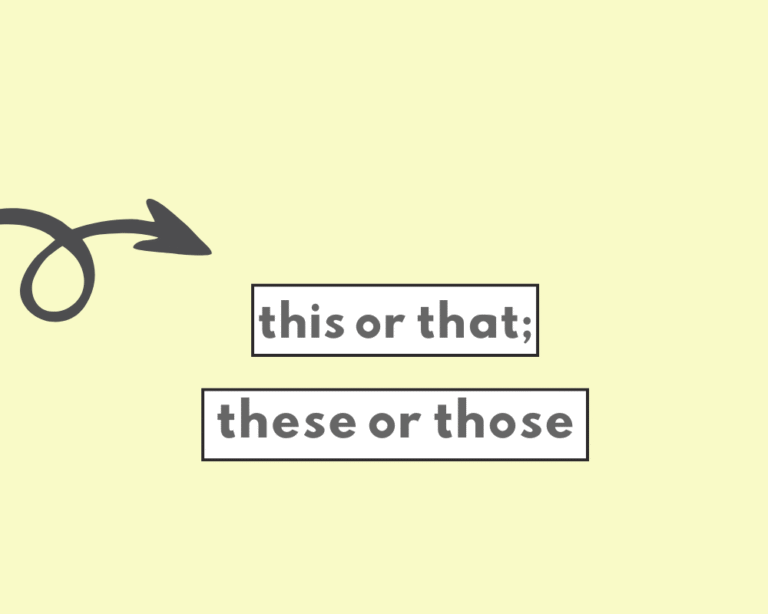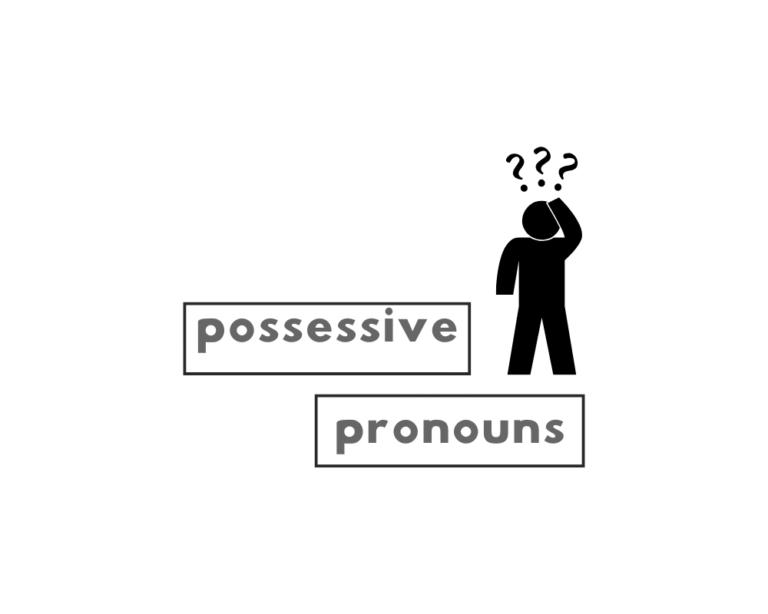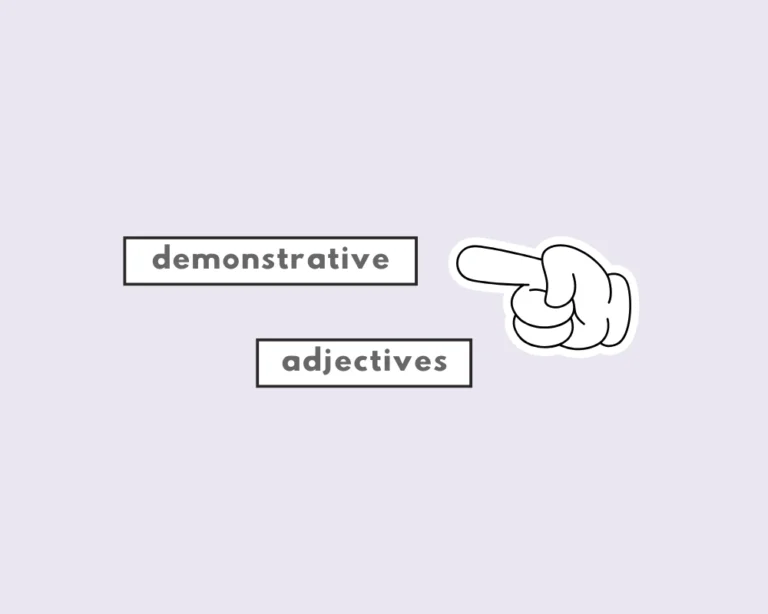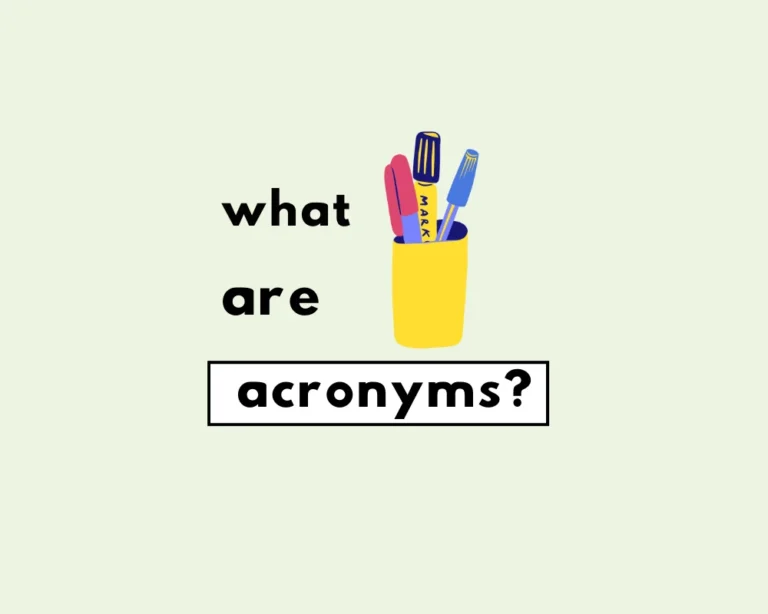What’s an ellipsis?
An ellipsis, (sounds like e-lip-sis) the plural of which is ellipses (pronounced like e-lip-seas), looks like three dots in a row, . . . and indicates an omission of writing. Informally referred to as ‘dot, dot, dot’, the ellipses can also show a trailing-off thought and emphasize a pause in certain types of writing.
“I’m not sure if I can go . . . maybe another time.” (Correctly shows a thought trailing off or hesitation)
The speaker began, “We hold these truths to be self-evident . . . that all men are created equal.” (Correctly indicates an omission from a direct quotation)
She finished her homework . . . then she went to bed.
“This is a complete sentence . . . ” (Incorrectly adds an ellipsis to the end of a complete statement where no words are omitted or thought trails off)
When and how do you use an ellipsis?
An ellipsis is a punctuation mark that means different things depending on how it appears in writing. For example, ellipses crop up in works of fiction, oftentimes in dialogue, to symbolize silence. Ellipsis also appear in direct quotes or block quotations when parts of the original quote have been removed.
Ellipses help “express hesitation, changes of mood, suspense, or thoughts trailing off” (The Blue Book of Grammar and Punctuation, ellipses.)
|
Examples: “I don’t know . . . I’m not sure.” |
|
“Pride is one thing, but what happens if she …?” |
Most include spaces in between the dots ‘. . .’, as is recommended by the Chicago Manual. Still, some write an ellipsis without spaces between the dots, which is also correct. For the most part, spaces are used with ellipsis. Still, each writing guide is different, so to be sure, it’s best to check with the style manual that’s applicable for the specific piece of writing.
An ellipsis looks like “dot, dot, dot” (. . .) showing omission or a trailing thought.
Examples of ellipses in writing
- Ellipses used in direct quotes to show the omission of words:
|
Original: “A hat should be taken off when you greet a lady and left off for the rest of your life – nothing looks more stupid than a hat.” |
|
With ellipsis: “A hat should be taken off when you greet a lady and left off . . . nothing looks more stupid than a hat.” |
The ellipsis can be at the beginning of a sentence, if the beginning of the quote is omitted. It can also appear in the middle of the sentence, between sentences, or at the end of a sentence.
|
Original: “Today, after hours of careful thought, we vetoed the bill.” |
|
With ellipsis: “Today … we vetoed the bill.” |
- In informal writing, or fiction writing to show a trailing-off thought, or inject hesitation/suspense into the writing:
|
“If only she had . . . Oh, it doesn’t matter now.” |
|
“See, the thing is . . . I didn’t mean it.” |
In formal or academic writing, ellipses are not typically used to add a dramatic impact, and doing so might be seen as informal or inappropriate. Mostly we see this in informal writing, like text conversation, or in works of fiction and playwriting. It’s best to avoid using an ellipsis for dramatic effect in an academic essay or article.
Origin of the word ellipsis
From etymonline on ellipsis:











